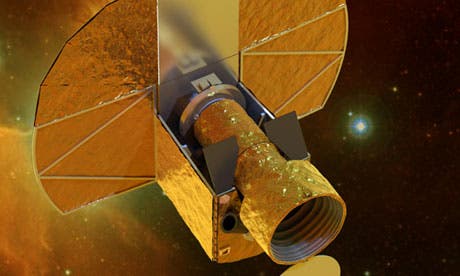The European Space Agency has officially announced that it will launch a new space telescope tasked with the primary objective of finding Earth-like planets in our neighboring cosmic backyard. Though the mission’s budget is rather small, there’s nothing modest about its goals.

Dubbed CHEOPS or CHaracterising ExOPlanets Satellite, at the end of its 3.5 year-long scheduled mission the space telescope should offer a list of Earth-like planets or exoplanets of close proximity. To do this, CHEOPS will function much in the same way as Kepler, the most famous planet-hunter space telescope, by studying a star’s brightness and looking for blips that hint of an object orbiting. By measuring the wobbling effect of a star’s brightness, scientists can tell its radius and mass. With this at hand, they can further establish a planet’s density, which helps describe its composition.
Kepler has retrieved some exciting finds during its mission, as it currently confirmed 77 planets and discovered thousands of candidates. The main problem with Kepler, though, is that its aimed at points in the skyline extremely far away from Earth. Thus, the planets found thus far by the space telescope can’t be followed-up with subsequent research using ground telescopes simply because they’re so far away. CHEOPS seeks to address this issue by peering through closer stars, as it surveys dense starfields in the Milky Way.
The 50 million euro CHEOPS will be able to detect planets down to the mass of the Earth and will have the sensitivity to show which planets have dense atmospheres; valuable information that might hint the fabled discovery of a potentially life harboring alien planet. And it’s not only CHEOPS scientific goals that are exciting, but the prospects it holds for future space exploration as well – the space telescope will be the first of a series of small missions, each one rapidly developed at low cost to investigate new scientific ideas quickly.
“I think it is realistic to expect to be able to infer within a few decades whether a planet like Earth has oxygen/ozone in its atmosphere, and if it is covered with vegetation,” Martin Rees, Britain’s Astronomer Royal.






